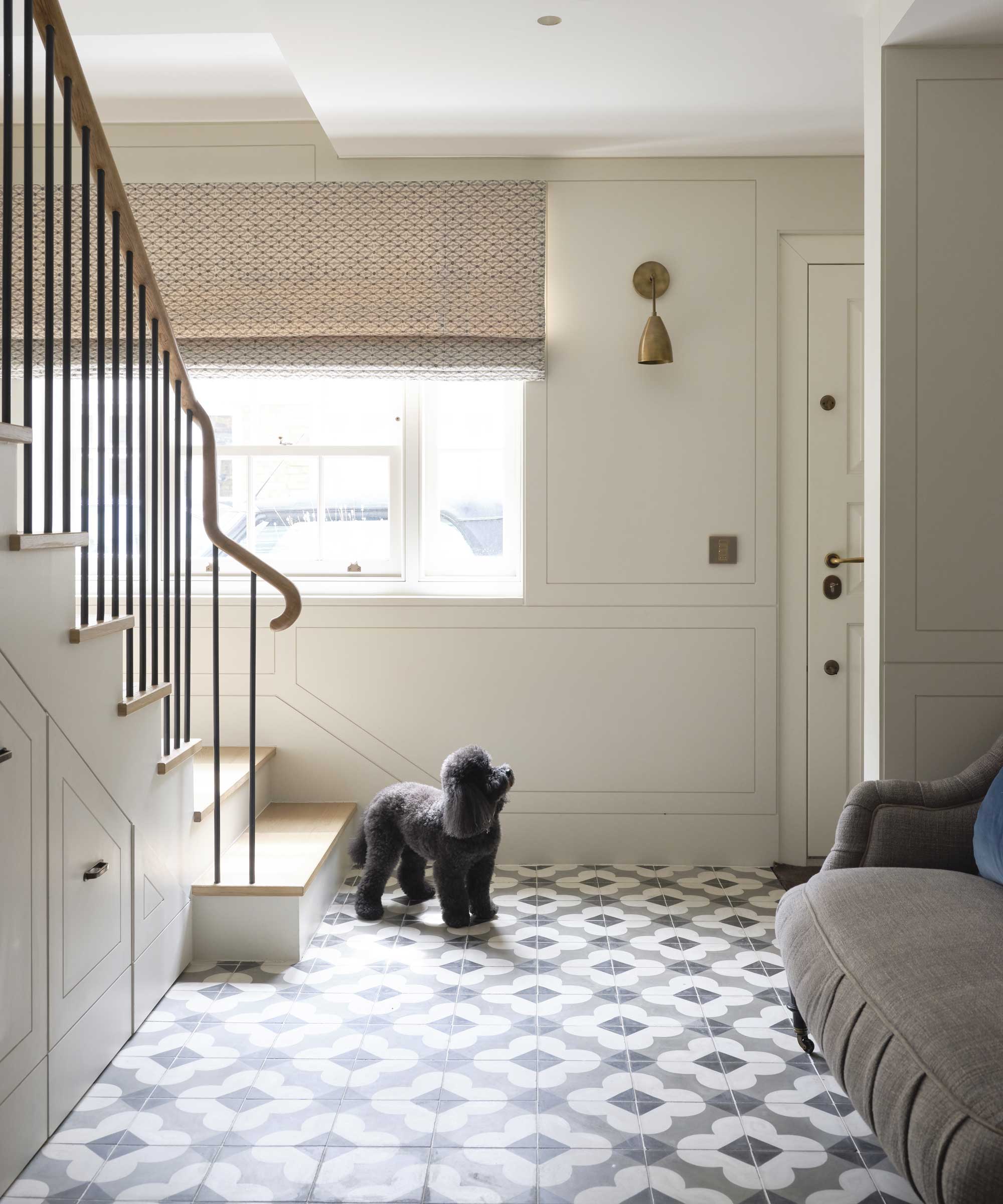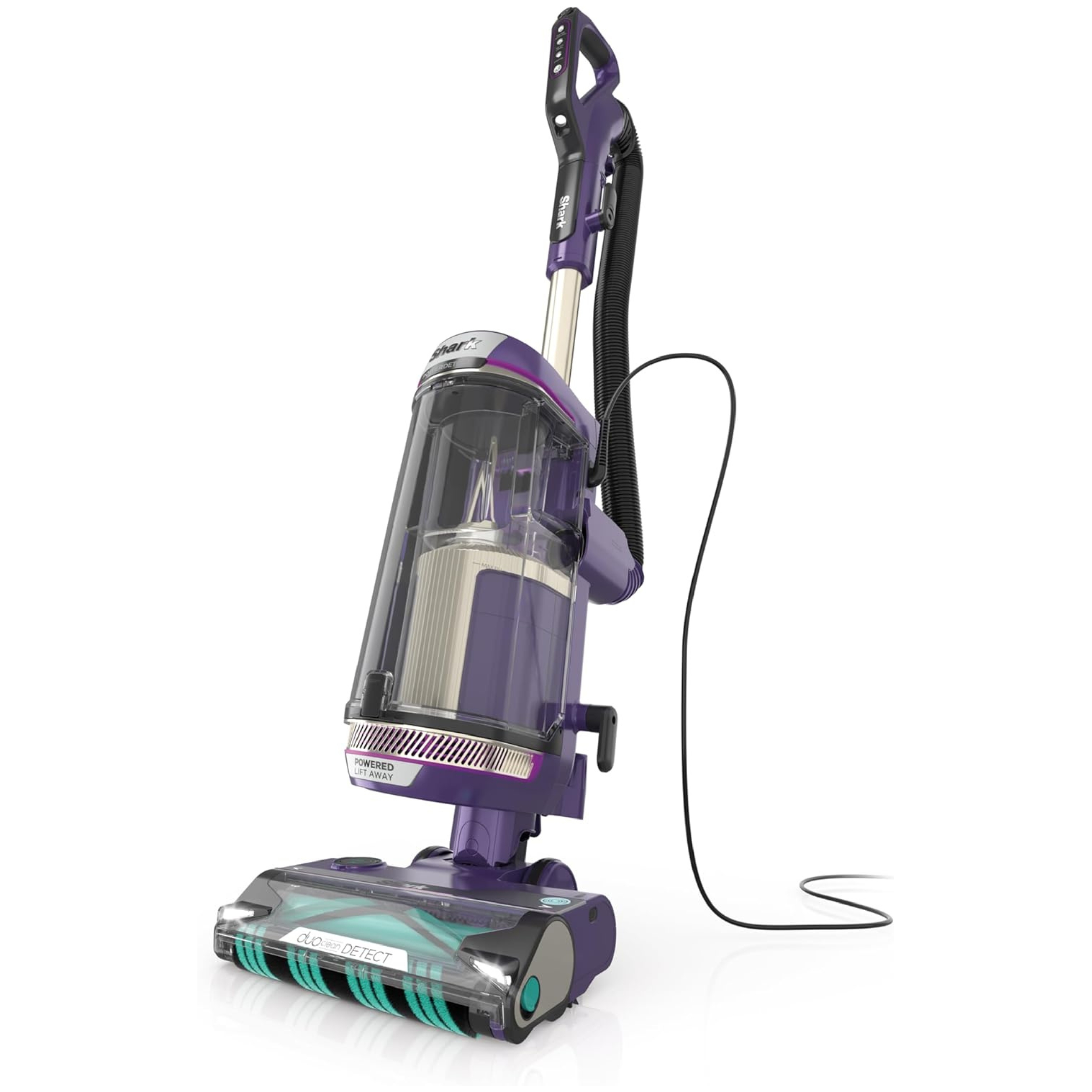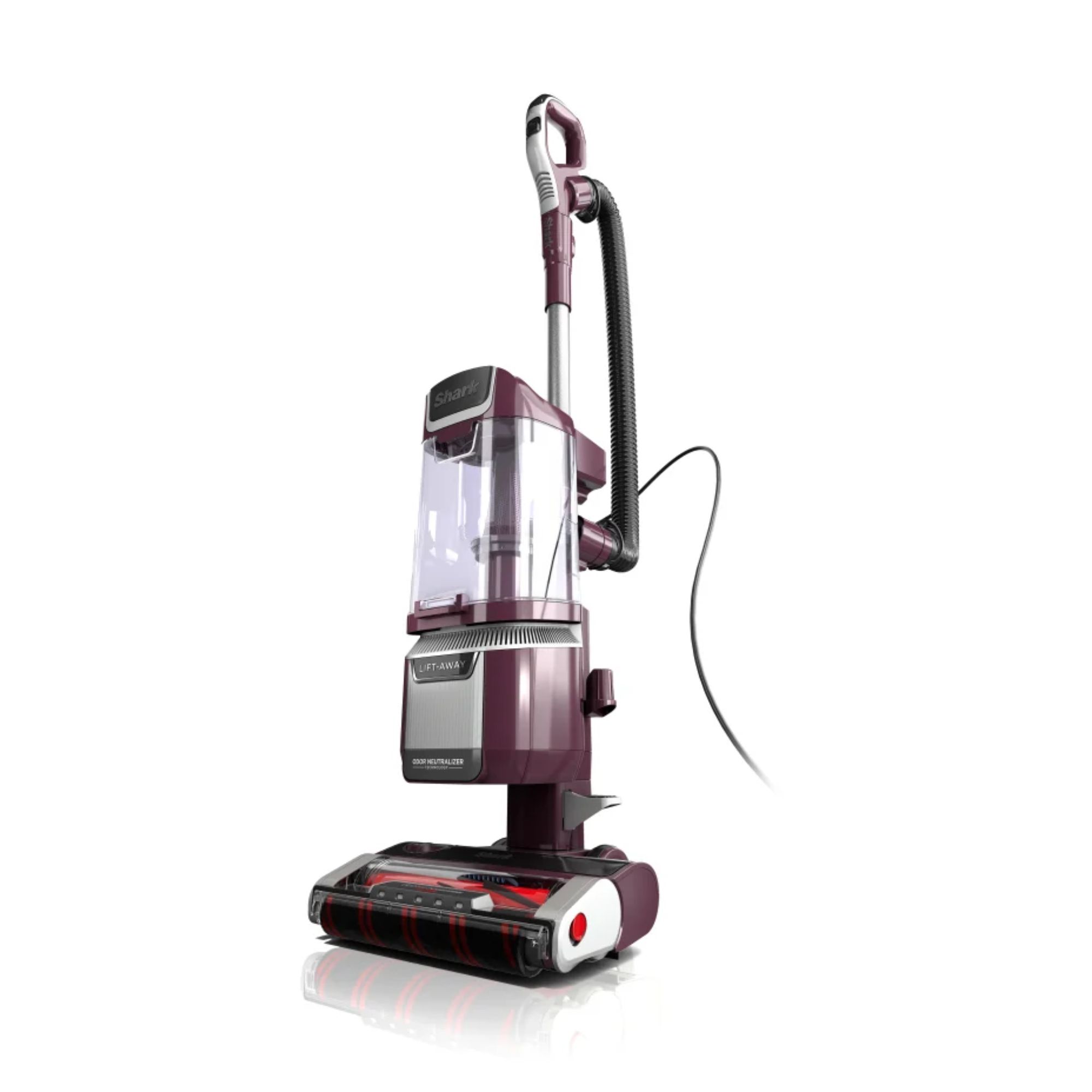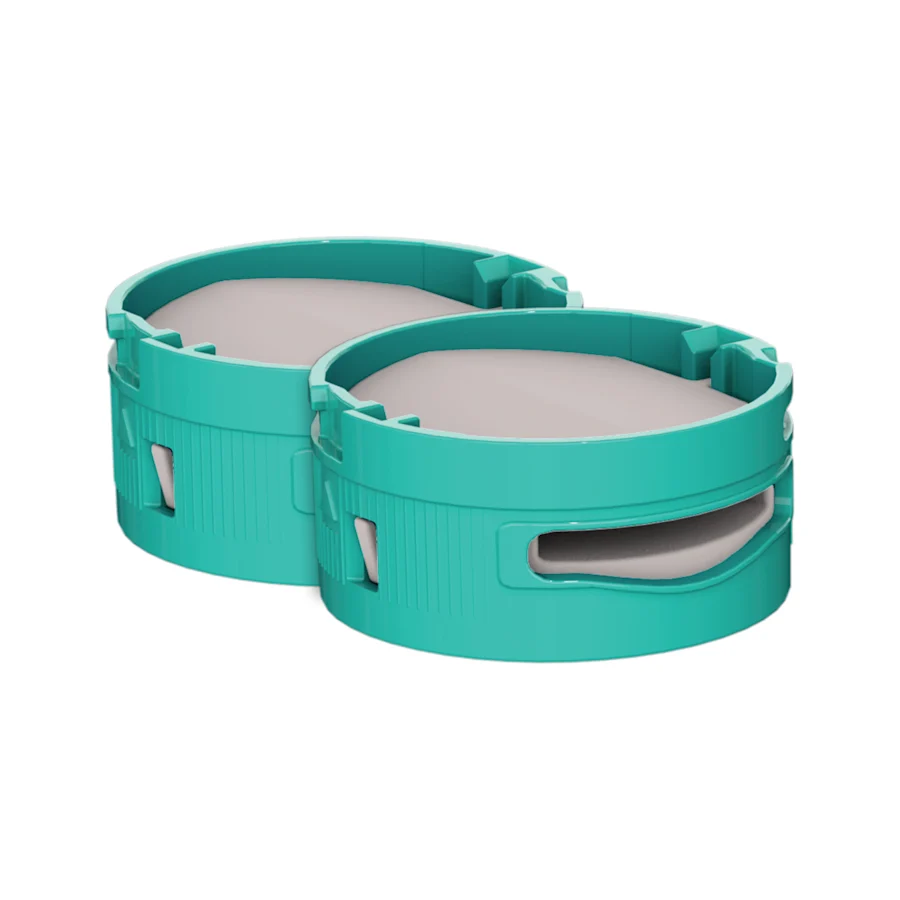I've spent 200+ hours testing vacuums and tried the viral tea bag vacuum hack to deodorize naturally. The results surprised me
It worked better than I expected, but it's not the most effective method out there

After spotting a new viral tea bag hack to banish odors when vacuuming, I had to give it a go. As a seasoned vacuum tester, I know how clearing up crumbs, debris and pet hair with your appliance can leave a lingering scent behind, so if there's an opportunity to avoid that, I'm taking it.
I'm Homes & Gardens' home tech editor, and have spent more than 200 hours thoroughly testing vacuums and the various hacks people come up with, so I had to give this tea bag trick a go.
I tried it at home using my best cordless vacuum and, actually, I was pleasantly surprised by how well it worked.
What is the tea bag vacuum hack?
For this vacuum hack, simply place a dry, unused tea bag in your vacuum's dustbin, and let it deodorize as you clean.
Tea is already used as one of the best natural deodorizers. We've even tried cleaning a bathroom with a tea bag, and while they don't have any disinfectant properties, they certainly gave surfaces an extra shine, making this cleaning tip worth a try.
When it comes to vacuuming, with all of that air rapidly flowing through the appliance, a tea bag can release its natural anti-odor properties, replacing unwanted smells with the much more pleasant natural smell of tea leaves.
A personal favorite of mine is Lipton black tea, available at Walmart but this tip can easily work with refreshing peppermint, or fragrant cardamon tea bags.
Design expertise in your inbox – from inspiring decorating ideas and beautiful celebrity homes to practical gardening advice and shopping round-ups.
Does the tea bag vacuum hack work?

The longer you vacuum for, the more the aromas of the tea leaves are released.
I tested the tea bag vacuum hack at home using my Dyson V15 Detect cordless vacuum. I had a few rooms that needed a good clean and a living room rug that was muddy from having guests over, so it seemed like the perfect opportunity.
I powered up the vacuum quickly before cleaning, and I could instantly smell the tea's aroma. Any cordless or upright vacuum releases air close to the body, often almost next to your face, so the smell is immediately noticeable in the air you breathe.
It was a refreshing contrast having a familiar smell come out of the vacuum, and I found that, as I continued to vacuum my carpets, rugs, and floors, the smell stuck around.
Now, don't expect this tea bag vacuum hack to be revolutionary. It doesn't completely mask musky vacuum odors, but the aroma of tea does cut through any unpleasantness. Another great option is the cinnamon vacuum hack for a sweeter smelling home.
I was also curious to see whether the tea bag would stay intact in my vacuum's dustbin, as the best Dyson vacuums and many Dyson alternatives create a cyclonic vortex to generate suction, meaning that the dustbin's contents are spinning at a rapid speed.
But actually, the tea bag barely moved at all. In fact, I found that any spinning dust in the bin was attaching itself to the teabag, making it much easier to empty without dust flying upwards towards me.
I paid attention to whether the tea bag caused a loss of suction, but I didn't notice a difference. It may be that weaker vacuum models, including some of the best lightweight vacuums, might have their performance impacted.
All in all, I was pleasantly surprised by the tea bag's natural deodorizer power, but it didn't completely cover up the vacuum's odors. It's certainly an improvement, and I'll be using this trick next time I know I'm vacuuming something smelly.
What else can you do to deodorize?

Shark's upright vacuums use anti-odor technology, and it works.
As the tea bag only created a light deodorizing, you might want to try other, more effective methods.
Firstly, carpet deodorizers are not safe to vacuum. Baking soda and branded powders can damage your vacuum and age your carpets, so it's best to avoid it at all costs, no matter how tempting and convenient it seems. It'll make maintaining your vacuum with pets much easier, too.
Also, dropping essential oils inside your vacuum, similarly to this tea bag hack, will damage its internal parts. Moisture is one of the things you should never vacuum as the motors and electrical parts aren't designed to handle it.
Instead, what we've found works best is, actually, the best Shark vacuums. Their upright models like the Shark POWERDETECT and Shark Stratos have odor-neutralizing cartridges, and on test we absolutely love the fresher scent they leave behind as you clean. It's what makes them such excellent vacuums for pet hair.
If you're dealing with nasty smells too often, it might be worth considering an upgrade.

This is the most powerful and easy-to-use upright vacuum we've tested at Homes & Gardens, with smart features like dust detection and floor sensors for constantly optimized suction. It's the full package, and reasonably priced considering how well it neutralizes odors while cleaning.
Read more in our full Shark POWERDETECT Upright review.

It's been a few years since this upright vacuum was released, but it impressed us as much back then as it does now. It carries some of the features we love in Shark's latest vacuums, such as a spacious dustbin, a self-cleaning brushroll, and anti-odor cartridges.
Read more in our full Shark Rotator Pet review.

Compatible with most Shark uprights, these odor neutralizing cartridges can leave a fresh, pleasant smell as you vacuum, instead of the nasty odors left behind by our household mess.
Next, learn how to neutralize bad kitchen odors and try these products to get rid of dog odors at home.

Dan is the Home Tech Editor for Homes & Gardens, covering all things cleaning, sound, smart home, and air treatment across the Solved section.
Having worked for Future PLC since July 2023, Dan was previously the Features Editor for Top Ten Reviews and looked after the wide variety of home and outdoor content across the site, but their writing about homes, gardens, tech and products started back in 2021 on brands like BBC Science Focus, YourHomeStyle and Gardens Illustrated.
They have spent more than 400 hours testing and reviewing vacuums, soundbars and air purifiers for Homes & Gardens.
Dan has a BA in Philosophy and an MA in Magazine Journalism. Outside of work, you'll find them at gigs and art galleries, cycling somewhere scenic, or cooking up something good in the kitchen.
You must confirm your public display name before commenting
Please logout and then login again, you will then be prompted to enter your display name.

